The PolarTREC Field Experience
The night before I left Alaska I stayed up chatting with some of the scientists in the Toolik dining hall talking about my return to “normal civilization”. We spoke about the little habits that you pick up while at the field station and aren’t sure you’re going to let go (wearing sunglasses 24/7) as well as the habits you’re going to have to re-learn entering back into the world (like having to pay for food instead of going to the dining hall). One of the scientists who had been at Toolik several times before, mentioned that whenever she came home she spent the next three to six months telling everyone, “I just got home from the Arctic”. She was partially joking, but the experience of doing science research in the Arctic is transformative, and I truly expect to be sharing it with everyone who interacts with me for quite a long time into my future.
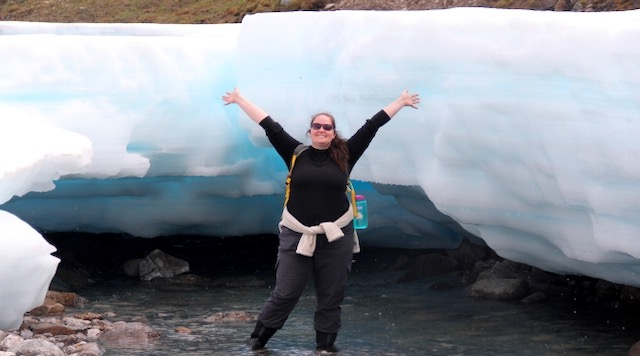
Summary of the Science
I’m now the third PolarTREC teacher that had the opportunity to work with Dr. Steve Oberbauer and Dr. Jeremy May of Florida International University on their project “Phenology and Vegetation in the Warming Arctic”. I remember the title felt really broad to me when I first joined the group and wondering what it really meant and entailed, only to realize that it’s broad because the group is involved with a broad amount of research and sub-projects that all fall within that larger concept. In fact, the FIU research team is only one part of the larger AON-ITEX project (Arctic Observation Network-International Tundra Experiment), a collaborative group of scientists working across various parts of the tundra to collect and share a variety of data collected.
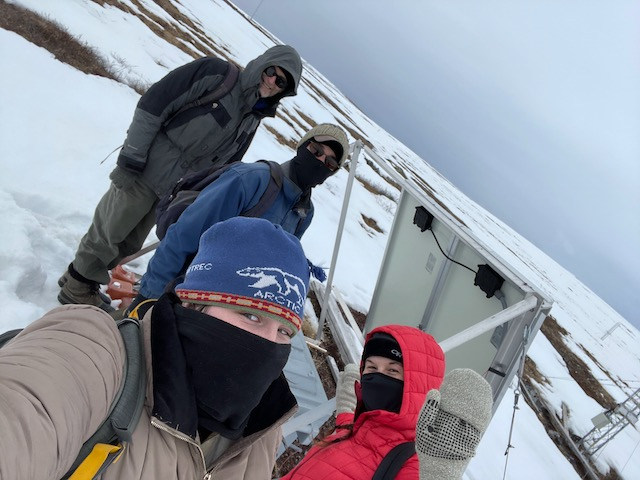
The primary focus of the current work developed and carried out by Dr. Oberbauer and Dr. May is to look at the connection between different scales of data collection and to fill in the gap between the phenologists taking careful ground level observations on a small scale, to the remote sensors using drone and satellite images for large scale data collection. To fill in the scale gap, and to potentially supply a fix for some issues that come along with using drones and satellite images, the group developed the MISP (Mobile Instrumented Sensor Platform), more affectionately known as “the tram”, which runs 1 meter off the ground along a 50 meter transect taking massive amounts of measurements as it runs along. In this “medium scale” the MISP should help to alleviate the time consuming nature of taking measurements on such a small scale while also being more reliable on the day-to-day than satellite data which is inhibited by the presence of clouds.
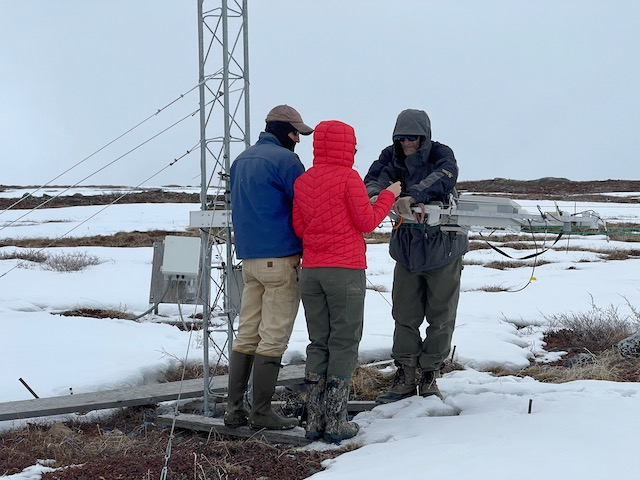
Of course, being part of a larger group meant that I also got to interact with other scientists who were working on a different part of understanding the warming Arctic’s effects on vegetation and the way that may affect the world around it. Sarah Ansbro, a master’s student from Grand Valley State University, worked with our team while working on her own research which consists of developing out previously collected berry data and researching more on how berry quantity and quality have been changing both over time and space. We also worked alongside a group of students from Colorado College who studied how these vegetation changes may be affecting the pollinators that interact with these Arctic species and the nectar that is produced.

Bringing the Science Back
During my excursion, I maintained a social media presence as well as journaled in order to reach two different audiences. The journals primarily targeted my fellow teachers and other adults who chose to follow along, and my Instagram and TikTok accounts were accessed primarily by my students. I was lucky enough that my expedition concurred with the end of the school year, so my students were fairly invested in seeing what I was up to since I had “left them” in class, and they regularly messaged me with questions about my stories. As a New York City educator who is not originally from the city, I was reminded through my field communications with my students that nature in its purest form (in other words, not curated as a park might be) is not always accessible to those who live in major cities. My hope in sharing my trip is that it will provide initial access to those who yearn to connect with the natural world around them and entice those who may have never thought about doing so before.
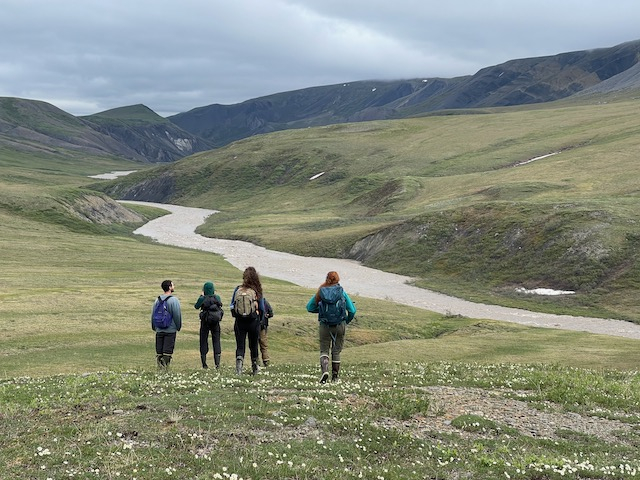
It is perhaps unfortunate that I came back the day school ended because I’ve been unable to interact with my students and hear what their takeaways on my experience have been, but I am looking forward to reconnecting with students this upcoming Fall semester and am embracing using the experience to teach a more realistic understanding of how science research is carried out - a “controlled mess”, with many pieces that tie together and go round and round. Not solely a set of steps or procedure, not always over the course of one day and with one question in mind, but over the course of several weeks and months (even years and decades), with multiple questions and offshoots being developed as interest and curiosity springs them to life, and sometimes shuts them back down as soon as they occur. While I haven’t quite worked out the safety details of helping students experience “a controlled mess” in the chemistry classroom, I’m eager to begin the work of enmeshing my lived and learned experiences doing research in the Arctic into my future lessons and curriculum.
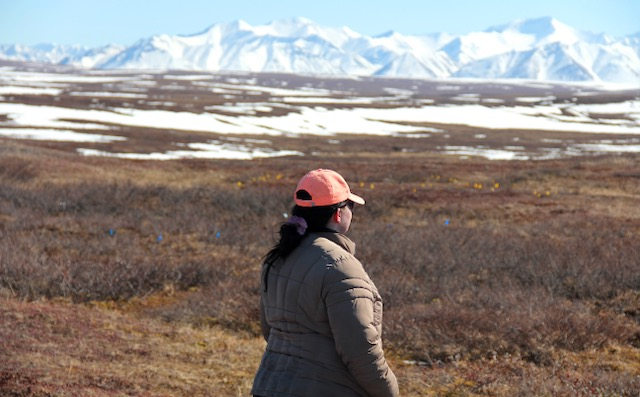
*This program is supported by the National Science Foundation under award 1918637. Any opinions, findings, and conclusions or recommendations expressed by this program are those of the PIs and coordinating team, and do not necessarily reflect the views of the National Science Foundation.
| Attachment | Size |
|---|---|
| Download Report (PDF)3.65 MB | 3.65 MB |
This program is supported by the National Science Foundation. Any opinions, findings, and conclusions or recommendations expressed by this program are those of the PIs and coordinating team, and do not necessarily reflect the views of the National Science Foundation.
